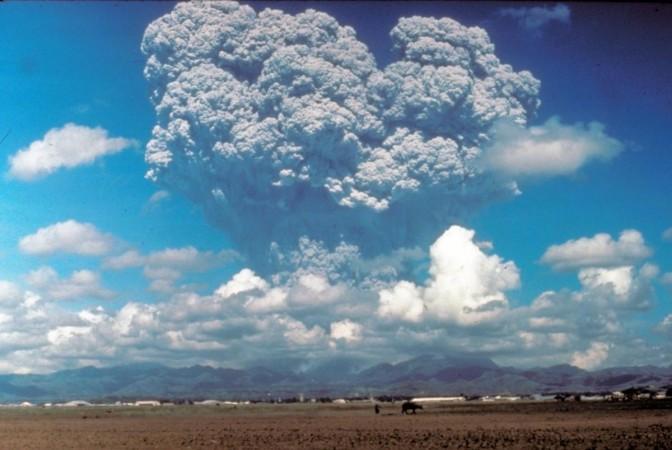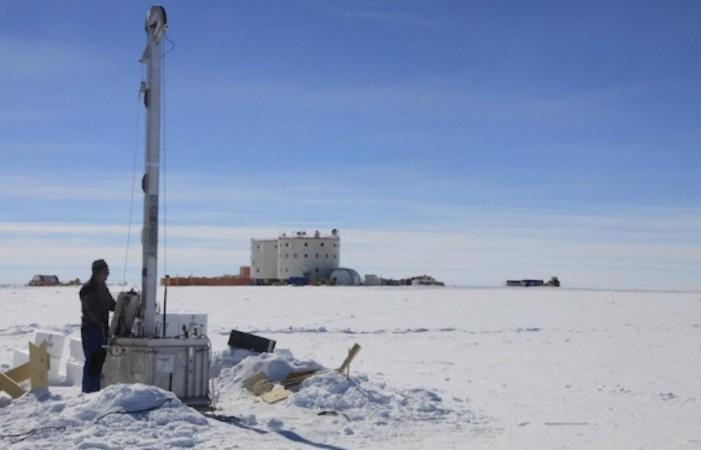A forward-looking though bizarre scientific balloon experiment in Sweden to change the course of nature has triggered instant opposition from acclaimed environmentalists and scientists all over the world, seeking to scrap it immediately. The experiment wants to use solar geoengineering to cool the earth and fight the climate change taking cue from the effect of a large volcanic eruption.
In June 2020, a team of Harvard scientists planned to launch a high-altitude balloon from Kiruna in Lapland, northern Sweden to test whether it can carry equipment for a future small-scale experiment on radiation-reflecting particles in the Earth's atmosphere.

Currently, their porposal is before an independent advisory committee for approval before February 15, 2021. Fearing that any approval to undertake solar geoengineering ventures eventually leads to the use of potentially "dangerous, unpredictable, and unmanageable" technology, environmentalists have urged governments to resist such dangerous experiments.
Opposition from environmental groups
Swedish environmental groups have asked the government and the Swedish Space Corporation (SSC) not to allow the experiment that could potentially thwart the natural course of solar energy on the surface of the earth.
Swedish Society for Nature Conservation, Greenpeace Sweden and Friends of the Earth Sweden are in the forefront of the opposition. They said once the balloon test is accomplished, the Plan B envisages that stratospheric aerosols, a key component of solar geoengineering technology, would be undertaken to tweak the earth's temperature.

Though the widespread adoption of solar geoengineering could be inexpensive, critics argue that the consequences of its use could be devastating since stratospheric aerosol injections (SAI) on a large scale could damage the ozone layer, which can lead to overheating the stratosphere and eventually disrupting the entire ecosystem.
What's SCoPEx?
Using the 1991 eruption of Mount Pinatubo in the Philippines -- the world's largest eruption in the past 100 years and also a prime example of a stratospheric eruption -- researchers have been exploring its effect on atmospheric changes. Particles from the eruption of Mount Pinatubo cooled global temperatures by around 0.6C for 15 months.
When volcanic particles reach the stratosphere they stay aloft for a long time, reflecting sunlight and temporarily cooling the planet. Hence, researchers wanted to recreate similar effect in stratosphere to reverse the global warming. Harvard professor Frank Keutsch, who leads the current group argues that the SCoPEx – stratospheric controlled perturbation experiment – could help scientists better understand the potential risks of solar geoengineering.
"Climate change is a problem of profound size and potentially profound impact on humanity. I think we should be considering all kinds of options because it's unlikely that there is going to be a silver bullet that will fix everything. We need to be considering all options and we need to do research on them," he said, pitching for approval to go ahead with the balloon experiment.
The Harvard team hopes that SCoPEx will advance solar geoengineering models being conducted at a miniaturized levels recreating aerosols of calcium carbonate and other substances about 12 miles (20km) above the Earth's surface. "The test will pose no significant hazard to people or the environment," says the Keutsch Group of Harvard.
















